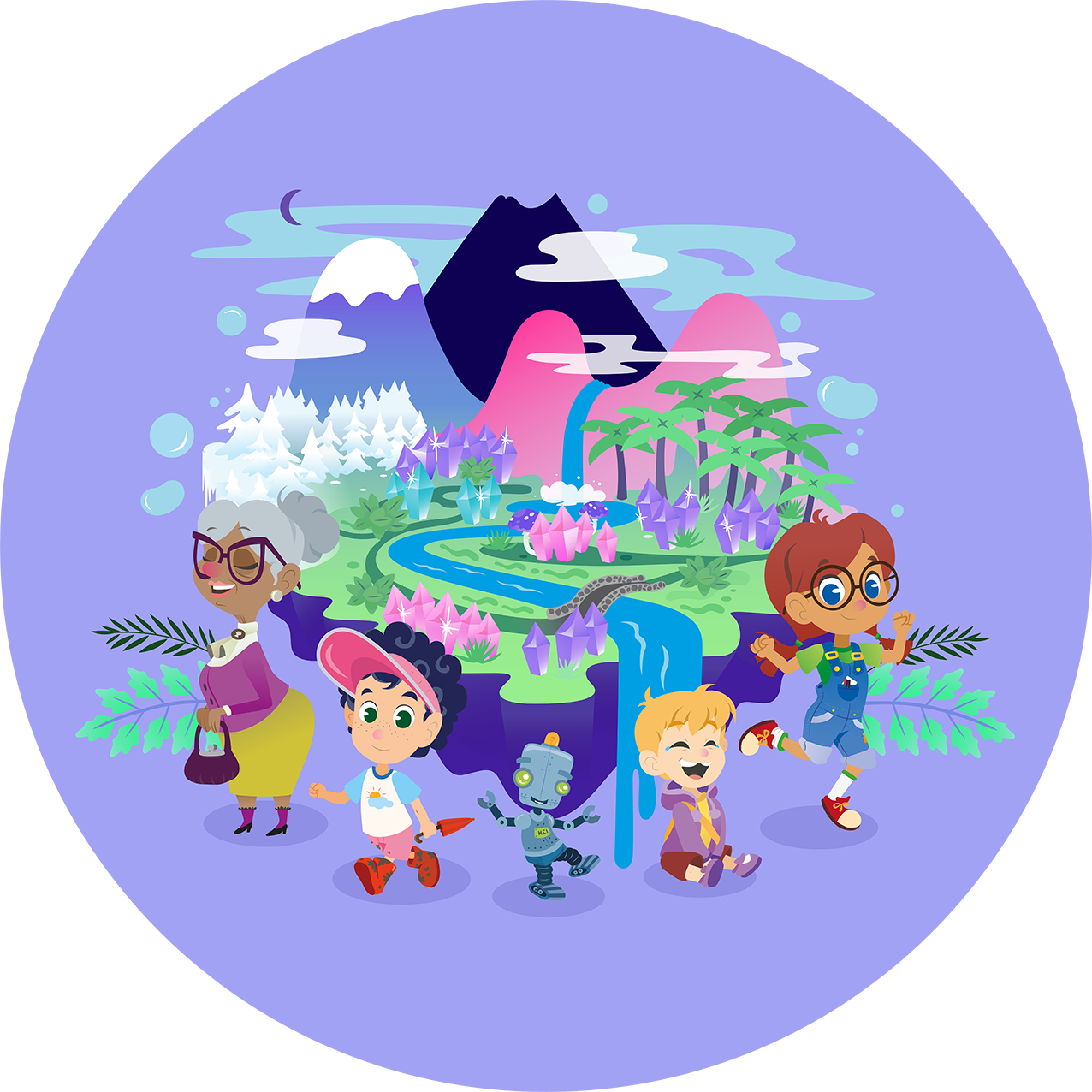Instructions dictate, stories empower the imagination.
Storytelling is a great way to support STEM education, and it’s often easier than it sounds. Don’t be discouraged. You are using a story to support other learnings; it doesn’t need to stand alone in the way a novel or bedtime story does.
Start by introducing what we call “drama,” and we don’t mean in the Keeping Up With the Kardashians way. Put on your science coats, eye goggles, and spin around. There — you’re in ScienceLand. Easy, right? Identifying with being a scientist leads to better outcomes, statistically, than just doing science.
When your learner is in the right frame of mind, they’re less likely to be distracted. Further this by getting them emotionally involved in a story. Children are naturally empathetic, and we can nurture that. An experiment that helps someone (their favorite cartoon character, perhaps?) is often a great way to motivate and interest your learners. It can also spur their curiosity in a way that a simple set of instructions can’t. Instructions dictate, stories empower the imagination.

This might mean that you need to be the link to the story. This might mean doing voices, creating documents from the characters, or other creative ways. We know how our lessons work, but we’d love to hear from you about how you structure your stories and make them personal to your learners. There’s no wrong way to make science and stories personal.
Finally, if you’re at a total loss, you can rewrite history for your story. Tell the story of the first time this phenomena or lesson was discovered, or pretend you’re the pioneers of it, going where nobody has gone before. If it worked for Star Trek…
Until next week…
Happy Experimenting,
Grafton & The Kide Science Team
